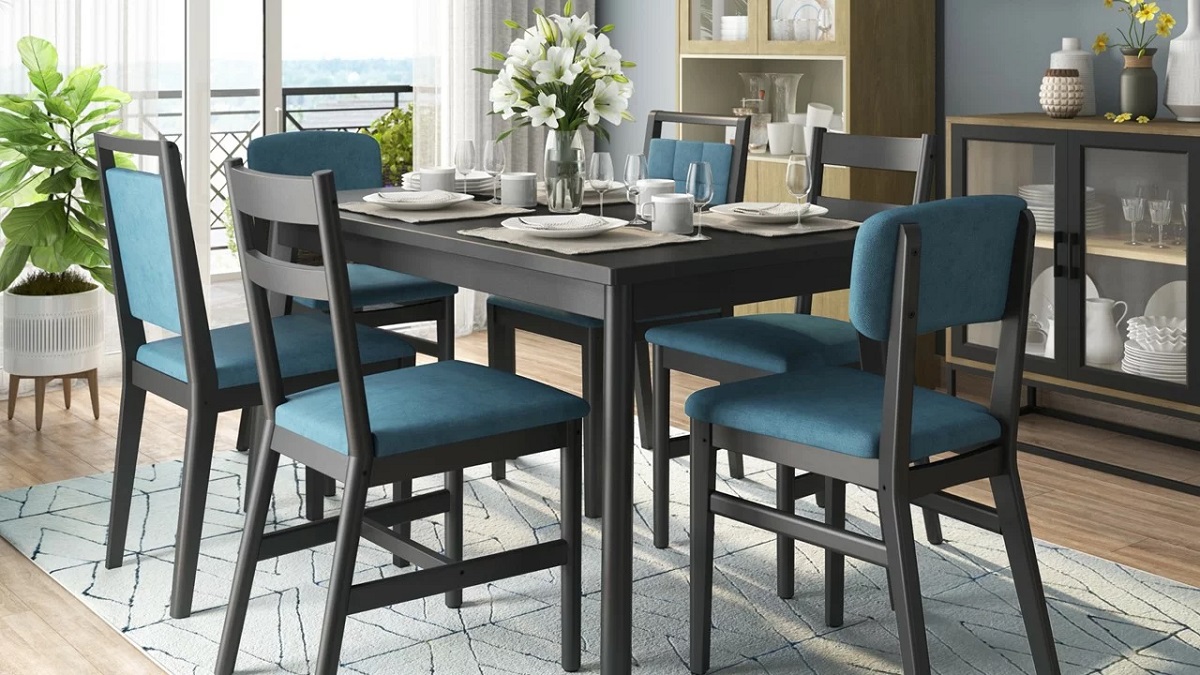

Tableware
Tips For Styling A Dining Room Table
Modified: January 18, 2024
Discover expert tips for styling your dining room table with beautiful tableware. Create a stunning and inviting atmosphere for your next meal.
(Many of the links in this article redirect to a specific reviewed product. Your purchase of these products through affiliate links helps to generate commission for Storables.com, at no extra cost. Learn more)
Introduction
Welcome to the world of tableware styling, where the art of crafting a beautiful dining experience begins. Your dining room table is not only a functional piece of furniture but also a centerpiece that sets the tone for your meals and gatherings. Whether you’re hosting a formal dinner party or enjoying a casual family meal, styling your dining table can elevate the ambiance and create a memorable experience for your guests.
When it comes to styling a dining room table, there are various factors to consider, from choosing the right centerpiece to selecting appropriate table linens and incorporating decorative accents. In this article, we will provide you with tips and inspiration to help you create a stunning and inviting table setting that reflects your personal style and complements your dining space.
So, roll up your sleeves, unleash your creativity, and let’s dive into the world of tableware styling!
Key Takeaways:
- Elevate your dining experience by carefully selecting centerpieces, table linens, and decorative accents to create a stunning and inviting table setting that reflects your personal style and sets the stage for memorable gatherings.
- Embrace the changing seasons and infuse creativity into your dining table styling with seasonal themes, colors, and natural elements, creating a fresh and exciting atmosphere for your guests.
Read more: How To Style A Dining Room Table
Choose a Centerpiece
The centerpiece is the focal point of your dining table and can instantly enhance its appearance. When selecting a centerpiece, consider the overall theme or style you want to convey. Are you aiming for a classic look with fresh flowers, a modern and minimalist vibe, or perhaps a rustic charm?
Fresh flowers or a lush floral arrangement can bring life and color to your dining table. Choose seasonal flowers to add a touch of elegance and freshness. Consider the height of the centerpiece; it should be tall enough to make a statement but not so tall that it obstructs conversation across the table.
If you prefer a more permanent option, consider using a decorative bowl filled with faux flowers, greenery, or decorative orbs. This will add a touch of sophistication while requiring minimal maintenance.
Besides floral arrangements, you can also opt for other creative and unique centerpieces. A cluster of pillar candles in varying heights can create a warm and inviting ambiance. Alternatively, a statement piece such as a ceramic vase, a sculptural art piece, or a decorative bowl filled with fruits can add visual interest.
Remember that the centerpiece should not overpower the table or obstruct the view of your guests. It should complement the tableware and enhance the overall aesthetic of your dining space.
Lastly, don’t be afraid to experiment and change your centerpiece with the seasons or for special occasions. This allows you to bring a fresh look and feel to your dining table, keeping it exciting and dynamic.
Consider the Table Shape and Size
Before diving into the specifics of tableware styling, it’s important to take into account the shape and size of your dining table. Different table shapes require different styling techniques to create a balanced and visually pleasing table setting.
If you have a rectangular or oval table, you have the advantage of a larger surface area to work with. In this case, you can create a stunning centerpiece that spans the length of the table, such as a long floral arrangement or a row of decorative objects. This will help to visually elongate the table and create a sense of symmetry.
For a round or square table, a more compact centerpiece is recommended to maintain a balanced look. A single statement piece, such as a large vase or a sculptural object, can be placed in the center of the table. Alternatively, you can opt for a grouping of smaller items, such as candles or small potted plants, to create visual interest.
In addition to shape, consider the size of your table when styling it. If you have a small table, keep the center space clear or opt for smaller decorative items. This will prevent the table from looking cluttered and overwhelming. On the other hand, if you have a large table, you have more flexibility to experiment with larger centerpieces or multiple decorative elements.
Remember to also take into account the height of your centerpiece in relation to the height of your guests. You don’t want the centerpiece to obstruct conversation or prevent eye contact across the table. Keep it at a height that allows for comfortable interaction and doesn’t hinder the dining experience.
By considering the shape and size of your dining table, you can make more informed decisions when it comes to selecting the appropriate centerpiece and creating a visually balanced and pleasing table setting. Don’t be afraid to experiment and find what works best for your specific table and dining space.
Select Appropriate Table Linens
Table linens play a vital role in enhancing the overall look and feel of your dining table. They add texture, color, and elegance to your table setting while protecting the surface from stains and scratches. When selecting table linens, it’s important to consider the occasion, theme, and the overall aesthetic you want to create.
The first step is to choose a tablecloth that fits your table size and shape. Opt for a tablecloth that extends about 6 to 10 inches beyond the edges of the table. This ensures that it fully covers the table while allowing for comfortable seating. Choose a color or pattern that complements the style of your dining room and coordinates with the rest of your decor.
If you prefer a more casual and rustic look, consider using a table runner instead of a full tablecloth. A table runner adds a touch of color and texture to the table while still showcasing its natural beauty. Place the runner lengthwise down the center of the table, or experiment with different arrangements for a unique look.
Napkins are another important aspect of your table linens. Choose napkins that match or complement the color scheme of your tablecloth or runner. Consider the fabric as well – linen napkins exude elegance and sophistication, while cotton napkins are more casual and versatile. Fold the napkins in a simple or elaborate design, depending on the formality of the occasion.
In addition to tablecloth and napkins, consider using placemats or charger plates. Placemats provide a defined space for each place setting, adding structure and visual interest to the table. Charger plates, which are larger decorative plates placed beneath dinner plates, can elevate the look of your table and create a luxurious feel.
Lastly, don’t forget about coordinating table accessories such as table runners, tablecloths, and napkin rings that add a finishing touch to your table setting. These small but significant details can tie the entire look together and create a cohesive and polished display.
Remember, the key is to choose table linens that not only enhance the aesthetics of your dining table but also reflect your personal style and the ambiance you want to create. Whether you opt for a formal, casual, or themed look, selecting appropriate table linens will transform your table into a beautiful and inviting focal point.
Arrange Place Settings
Arranging place settings on your dining table is an essential part of tableware styling. A well-designed place setting not only enhances the visual appeal of your table but also creates a sense of organization and etiquette. Here are some tips to help you arrange place settings with style and precision.
Start by placing a charger plate at each seat. These larger decorative plates provide a base for the dinner plate and add an elegant touch to the table. Align the charger plates about an inch from the edge of the table, ensuring that they are evenly spaced.
On top of the charger plate, place the dinner plate. If you have salad or bread plates, position them to the left of the dinner plate. The overall layout should be neat and symmetrical, with equal space between each place setting.
Next, position the napkin either to the left of the dinner plate or on top of it. You can fold the napkin in a variety of creative ways, such as a simple rectangle, a fan fold, or a decorative fold.
To the right of the dinner plate, arrange the utensils in the order they will be used. The forks should be placed to the left of the plate, with the salad fork on the outside and the dinner fork closest to the plate. The knife goes to the right of the plate, with the cutting edge facing inward. Place the spoon to the right of the knife. If necessary, include additional utensils, such as a soup spoon or a dessert fork, above the plate or to the right of the spoon.
Above the plate, you can position the glassware. Place the water glass directly above the knife, followed by the wine and champagne glasses to the right. You can also add special glassware, such as a brandy snifter or a martini glass, if serving specific beverages.
Once you have arranged the basic place settings, add any additional elements that fit the occasion or theme. This could include name cards, decorative accents, or small favors for your guests.
Remember, proper placement and spacing of the place settings are essential for a well-organized and visually appealing table. Take your time to ensure symmetry and balance, checking that everything is aligned and evenly spaced throughout.
By arranging place settings with care and attention to detail, you can elevate the overall look of your dining table and create a welcoming atmosphere for your guests.
Read more: What Dining Room Tables Are In Style?
Incorporate Dining Chairs
When styling your dining room table, it’s important to not overlook the role of dining chairs. The chairs not only provide functional seating but also contribute to the overall aesthetics and comfort of your dining space. Here are some tips to help you incorporate dining chairs into your tableware styling:
Firstly, consider the style and design of your dining chairs. Do they match the overall theme and decor of your dining room? If not, you may want to consider updating or refinishing them to ensure they complement your desired aesthetic. You can choose chairs that are sleek and modern, rustic and farmhouse-inspired, or classic and elegant, depending on your personal taste and the style of your dining space.
Once you have selected the appropriate dining chairs, it’s time to arrange them around the table. Start by ensuring that each chair is evenly spaced, allowing enough room for guests to comfortably sit and move around. Consider the number of chairs you have and the size of your table to determine the best placement and configuration.
If you have armchairs at the head and foot of the table, position them slightly further back to create a cohesive look. This will allow for easy movement and ensure that the chairs don’t obstruct the view and conversation across the table.
Additionally, you can enhance the visual appeal of your dining chairs by adding chair cushions or seat covers. These not only provide added comfort but also introduce color, pattern, and texture to your table setting. Choose cushions or covers that coordinate with the overall color scheme of your dining room and complement the table linens and decor.
For a more formal and polished look, consider adding chair slipcovers. Slipcovers can instantly transform the appearance of your dining chairs, giving them a more tailored and elegant look. Opt for slipcovers made from high-quality fabrics that are easy to clean and maintain.
Finally, don’t forget to pay attention to the height and proportion of your dining chairs in relation to the table. The chairs should be of a comfortable height that allows guests to sit and dine without feeling cramped or too low. Ensure that the chairs are proportionate to the table size, avoiding chairs that are too large or too small, as they can disrupt the overall balance and harmony of your dining space.
By incorporating well-chosen dining chairs and arranging them thoughtfully around your dining table, you can create a visually appealing and inviting atmosphere for your guests. Whether you opt for a cohesive and coordinated look or a mix-and-match style, your dining chairs will play a significant role in enhancing the overall aesthetics and comfort of your dining area.
Add a statement centerpiece, such as a vase of fresh flowers or a decorative bowl, to anchor the table and create a focal point for the room.
Add Decorative Accents
When styling your dining table, don’t forget the importance of incorporating decorative accents. These small touches can add personality, visual interest, and a sense of sophistication to your table setting. Here are some ideas and tips for adding decorative accents:
1. Place Card Holders: Consider using place card holders to add a personalized touch to each guest’s seat. These can be elegant and decorative, such as silver or crystal holders, or more whimsical and fun, like themed or DIY holders. Place cards can also serve as a conversation starter and make guests feel special and welcomed.
2. Centerpiece Accessories: Enhance your centerpiece by adding complementary accessories. This could include decorative candle holders, small vases with fresh flowers or greenery, or even a collection of beautiful ornaments or figurines. Be mindful of the height and size of these accessories to ensure they maintain a balanced and cohesive look.
3. Table Runner and Tablecloth Embellishments: If you’re using a table runner or tablecloth, consider incorporating additional elements to enhance their visual appeal. This could include tying ribbons, incorporating lace or trim, or adding decorative pins or brooches. These subtle embellishments can elevate the overall look of your table setting.
4. Use Natural Elements: Incorporating natural elements adds a touch of earthy charm to your table. Consider including small potted plants, fresh flowers, or arrangements of twigs, branches, or seashells. These elements bring a sense of freshness and can complement different themes or seasons.
5. Layering: Experiment with layering different textures and elements on your table. This can involve using a combination of different plates, such as a charger plate, dinner plate, and salad plate. You can also layer different textiles, such as using a table runner over a tablecloth or incorporating textured placemats. This adds depth and visual interest to your table setting.
6. Unique and Unexpected Accent Pieces: Dare to think outside the box by incorporating unconventional accent pieces. This creative approach allows you to match tableware with table settings in a way that showcases your personal style. Consider using vintage or antique items, like antique silverware and vintage glassware, or unique trinkets that hold sentimental value. By mixing and matching different styles and eras, you can create a truly unique and eclectic table setting that reflects your individual taste.
Remember, the key to incorporating decorative accents is to strike a balance between visual interest and functionality. Avoid overcrowding the table or obstructing the view and conversation among guests. Each decorative accent should contribute to the overall aesthetic without overpowering the table setting.
By adding these thoughtful and creative decorative accents, you can transform your dining table into a captivating and visually stunning centerpiece that will leave a lasting impression on your guests.
Lighting Tips for the Dining Table
The right lighting can create a warm and inviting ambiance for your dining table. It sets the mood, enhances the overall aesthetics, and ensures that your guests can see their food and each other clearly. Here are some lighting tips to illuminate your dining table:
1. Chandelier: Consider installing a chandelier above your dining table. A chandelier not only provides ample lighting but also serves as a stunning focal point. Choose a chandelier that complements the size and style of your dining space. Opt for a dimmable chandelier to adjust the brightness according to the occasion and desired atmosphere.
2. Pendant Lights: If a chandelier doesn’t suit your space or style, pendant lights are a great alternative. Hang pendant lights at varying heights to create visual interest and ensure even lighting across the table. Adjustable pendant lights allow you to change their height and angle to suit different dining experiences.
3. Wall Sconces: Wall sconces can add a touch of elegance and ambient lighting to your dining room. Install wall sconces on either side of a mirror or artwork to create a balanced and sophisticated look. They also provide indirect lighting, which can create a soft and cozy atmosphere during meals.
4. Candles: Candles are a classic and versatile option for dining table lighting. Place candlesticks or votive holders along the center of the table to create a romantic and intimate atmosphere. Choose unscented candles to avoid overwhelming the aroma of your food. Consider using battery-operated LED candles for a safer and long-lasting option.
5. Dimmer Switch: Installing a dimmer switch allows you to control the brightness of your dining table lighting. This enables you to adjust the lighting level according to the occasion, whether it’s a formal dinner party or a cozy family meal. Dimming the lights creates a relaxed and intimate atmosphere, while brighter lighting is ideal for tasks and gatherings that require more visibility.
6. Natural Light: If your dining area has windows, take advantage of natural light during daytime meals. Position your dining table near the windows to maximize the natural light entering the room. Sheer curtains or blinds can be used to diffuse the sunlight and avoid harsh glares. It’s important to strike a balance between natural and artificial lighting to create a comfortable and well-lit dining experience.
Remember, the lighting above your dining table should be both functional and aesthetically pleasing. It should provide enough illumination for dining activities while creating a warm and inviting ambiance. Experiment with different lighting options, and don’t be afraid to mix and match various sources to achieve the perfect lighting scheme for your dining space.
Consider Seasonal Themes
One way to infuse creativity and keep your dining table fresh and exciting is by incorporating seasonal themes. Seasonal tableware styling allows you to embrace the changing seasons and create a festive atmosphere. Here are some tips to consider when styling your dining table with seasonal themes:
1. Colors and Textures: Use colors and textures that reflect the season. For spring, think pastel shades and floral patterns. Summer can be represented by vibrant and bold colors, while fall calls for warm earthy tones and rustic textures. Winter often evokes a cozy feel, with shades of white, silver, and blue.
2. Natural Elements: Bring the beauty of each season indoors by incorporating natural elements. In spring and summer, use fresh flowers and greenery as centerpieces. Fall calls for pumpkins, gourds, and leaves. In winter, you can decorate with pinecones, evergreen branches, and candles to create a cozy and festive atmosphere.
3. Table Linens and Napkins: Switch up your table linens and napkins to match each season. Opt for light and airy fabrics in spring and summer, and choose warm and cozy materials like velvet or faux fur for fall and winter. Play with different patterns and colors to complement the seasonal theme.
4. Tableware and Decor: Consider using seasonal-themed tableware and decor. Swap out your regular plates and bowls for ones with patterns or designs that represent the season. You can also incorporate themed decor items such as figurines, ornaments, or seasonal wreaths. These small touches add charm and a festive touch to your dining table.
5. Centerpieces: Create seasonal centerpieces that serve as a focal point for your table. Use seasonal flowers, fruits, or even themed objects like seashells for summer or pinecones for fall. Get creative and think outside the box to make your centerpieces unique and eye-catching.
6. Table Accessories: Pay attention to the small details by incorporating seasonal table accessories. This could include themed place card holders, napkin rings, or even seasonal-themed salt and pepper shakers. These accessories tie the entire table setting together and create a cohesive and festive look.
Remember, seasonal tableware styling allows you to embrace the spirit of each season and create a captivating and inviting atmosphere for your guests. It’s a wonderful way to showcase your creativity and add a touch of joy and celebration to your dining experience.
Whether it’s a spring brunch, a summer barbecue, an autumnal feast, or a winter holiday gathering, let the seasons inspire you to transform your dining table into a seasonal wonderland.
Final Touches and Styling Tips
As you put the finishing touches on your tableware styling, here are some additional tips to elevate the overall look and create a memorable dining experience:
1. Scented Candles or Diffusers: Add an extra layer of ambiance by incorporating scented candles or reed diffusers. Choose fragrances that complement the theme or season, such as fresh florals, citrusy scents for summer, or warm spices for winter. Ensure the scent is not overpowering, allowing the aroma of the food to take center stage.
2. Personalized Touches: Consider adding personalized elements to your table setting. This could be customized place cards using calligraphy or hand-lettering, monogrammed napkins, or even small personalized favors for each guest. These touches create a sense of thoughtfulness and make the dining experience feel extra special.
3. Music and Sound: Set the mood with the right music or background sounds. Soft instrumental music or soothing melodies can create a relaxing and enjoyable atmosphere. Consider the occasion and the preferences of your guests when choosing the music. Adjust the volume to ensure it complements conversation without overpowering it.
4. Consider Different Heights: Varying the height of objects on the table adds visual interest and depth. Play around with different heights for the centerpiece, incorporating taller elements like candlesticks or vases along with shorter items. This creates a visually dynamic and intriguing table arrangement.
5. Keep the Table Functional: While it’s important to create a visually appealing table, remember to keep it functional for dining. Avoid overcrowding the table with too many decorative items or using oversized centerpieces that obstruct the view of your guests. Leave enough space for plates, glasses, and serving dishes to ensure easy access during the meal.
6. Regular Maintenance: Lastly, maintain the appearance of your dining table by regularly cleaning and decluttering it. Wipe down surfaces, polish silverware, and replace any worn or damaged items. This ensures that your dining table always looks fresh and inviting for your next gathering.
Remember, tableware styling is an opportunity to showcase your creativity and personality. Don’t be afraid to experiment with different styles and themes, and let your individuality shine through. Enjoy the process of setting the table and creating a beautiful space that brings people together to share memorable meals and conversations.
With these final touches and styling tips, you’re ready to create a stunning and inviting dining table that will leave a lasting impression on your guests.
Conclusion
Styling your dining table is an art that combines creativity, functionality, and personal style. By carefully selecting centerpieces, choosing appropriate table linens, arranging place settings, incorporating stylish dining chairs, adding decorative accents, considering lighting options, embracing seasonal themes, and adding final touches, you can create a stunning and inviting table setting that sets the stage for memorable meals and gatherings.
Whether you’re hosting a formal dinner party, a casual family meal, or a themed celebration, the key is to strike a balance between aesthetics and functionality. Each element, from the centerpiece to the table linens, should enhance the overall look while ensuring that guests can comfortably dine and engage in conversation.
Remember to infuse your personal style and creativity into the tableware styling process. Whether it’s through unique centerpieces, personalized touches, or unexpected decorative accents, let your dining table reflect your individuality and create a welcoming and memorable experience for your guests.
Lastly, be open to experimentation and adapting to different seasons and themes. Embrace the beauty of each season by incorporating colors, textures, and natural elements that reflect its essence. This allows you to keep your dining table fresh, exciting, and in tune with the changing seasons.
So, roll up your sleeves, unleash your creativity, and let your dining table be a canvas for your personal style and hospitality. With the tips and inspiration provided in this article, you are well on your way to styling a dining table that will leave a lasting impression on your guests and create cherished memories for years to come.
Frequently Asked Questions about Tips For Styling A Dining Room Table
Was this page helpful?
At Storables.com, we guarantee accurate and reliable information. Our content, validated by Expert Board Contributors, is crafted following stringent Editorial Policies. We're committed to providing you with well-researched, expert-backed insights for all your informational needs.
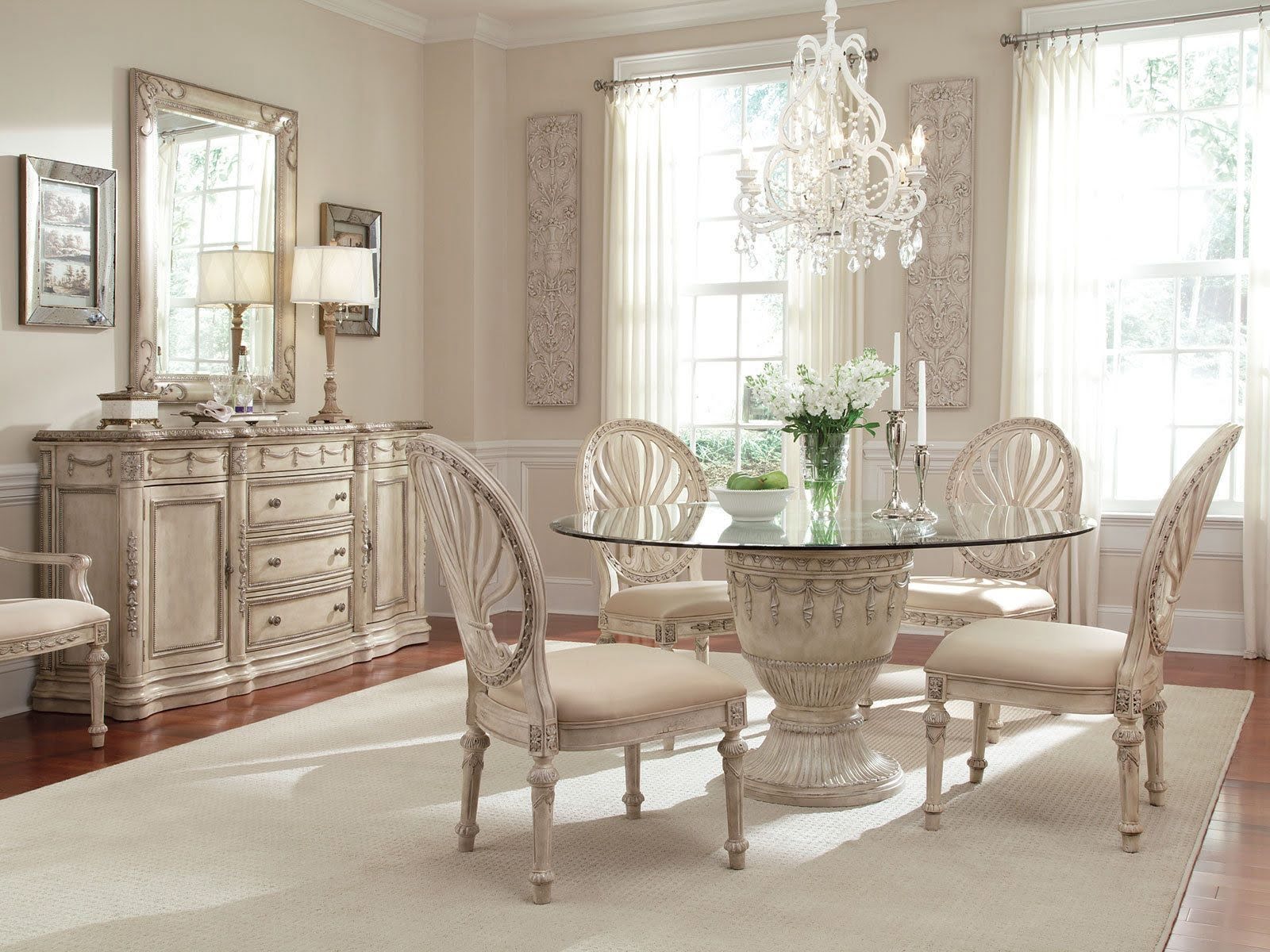
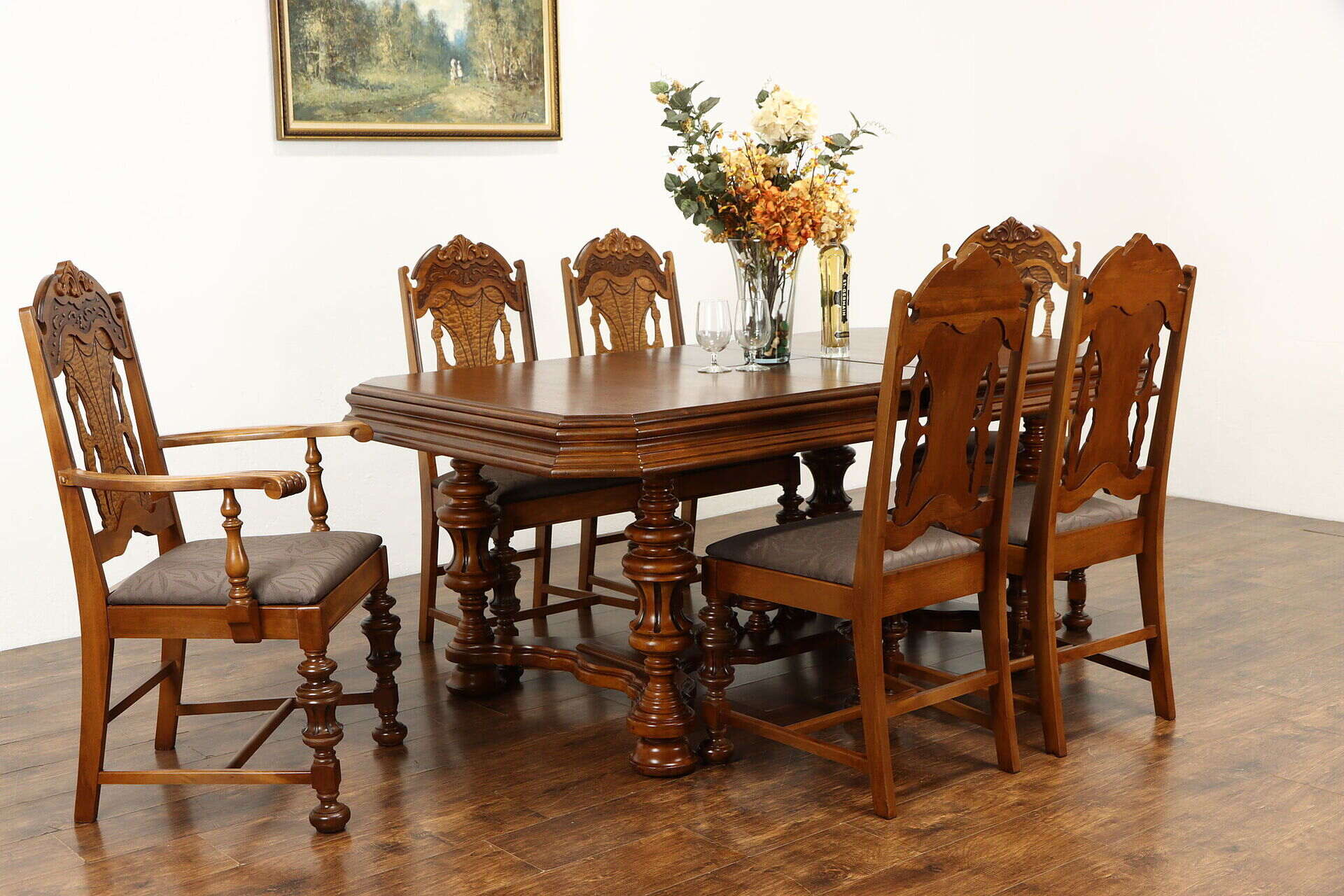

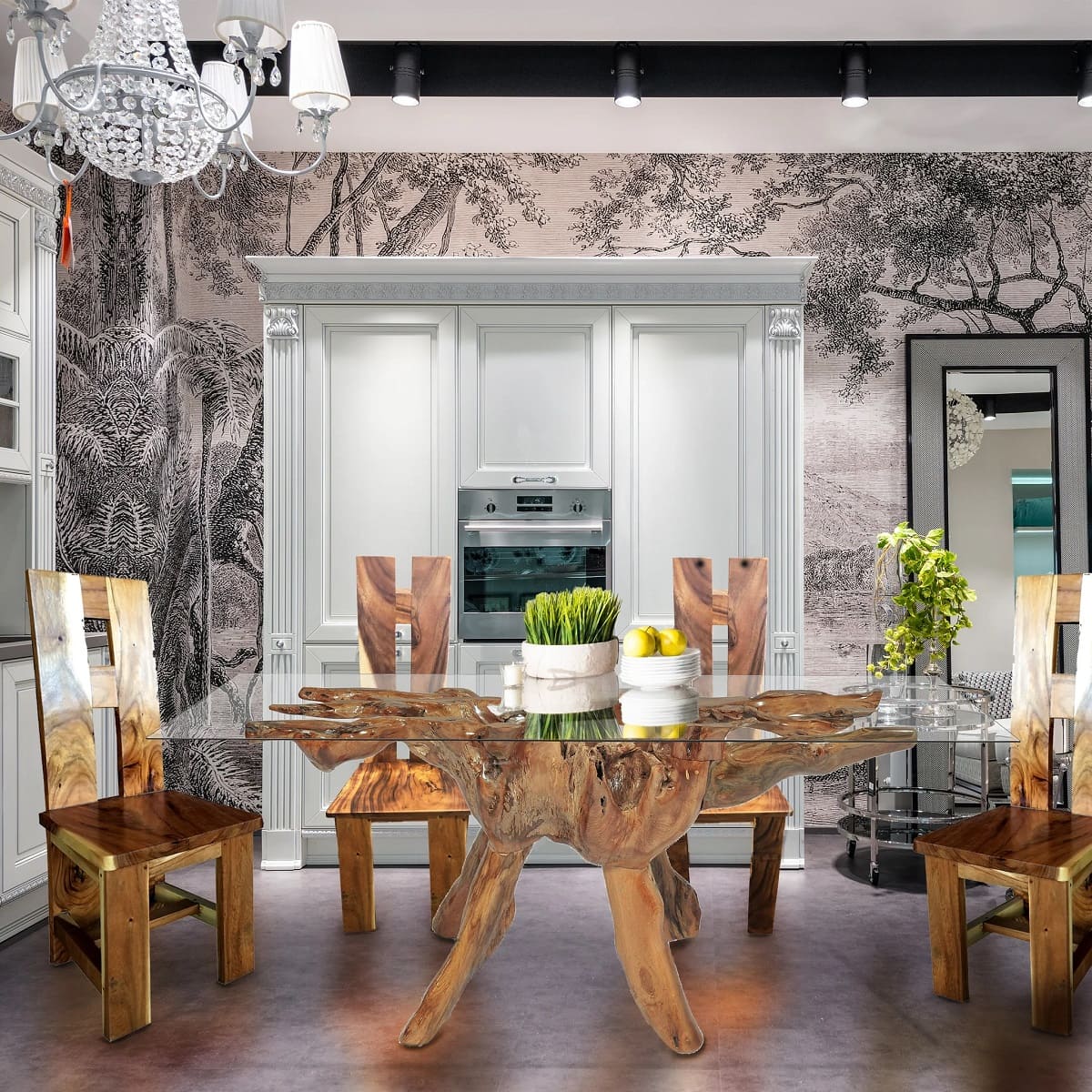
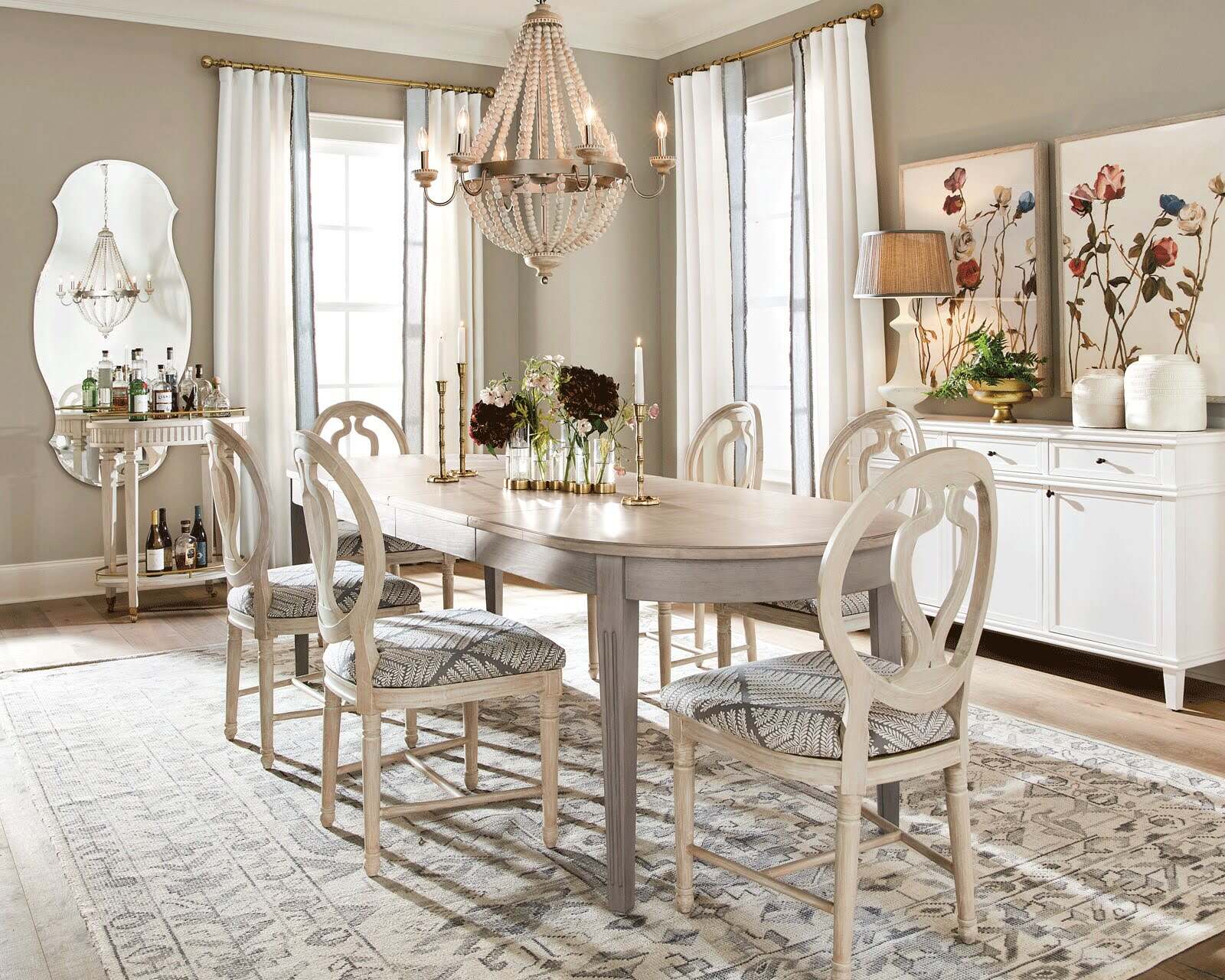
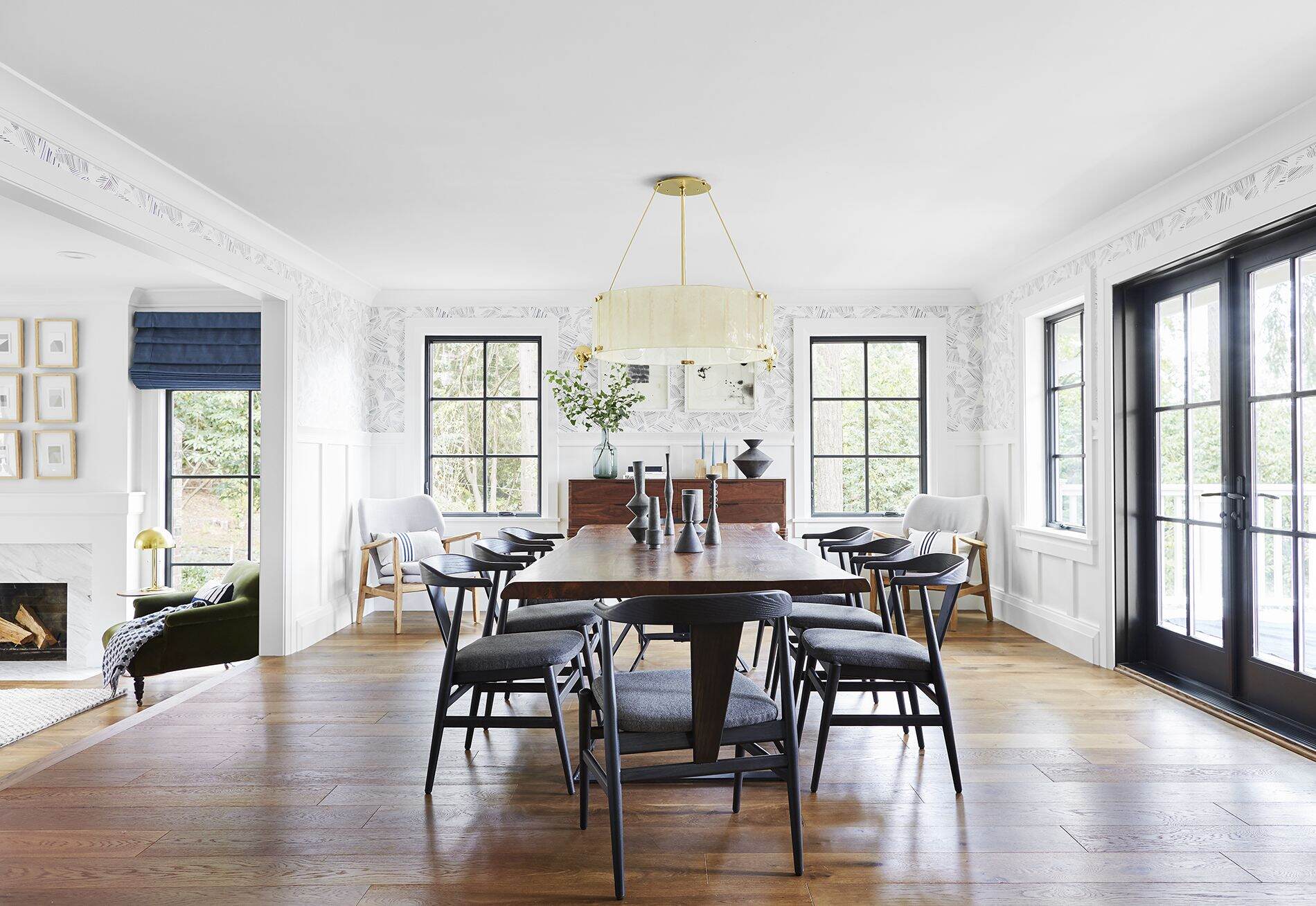
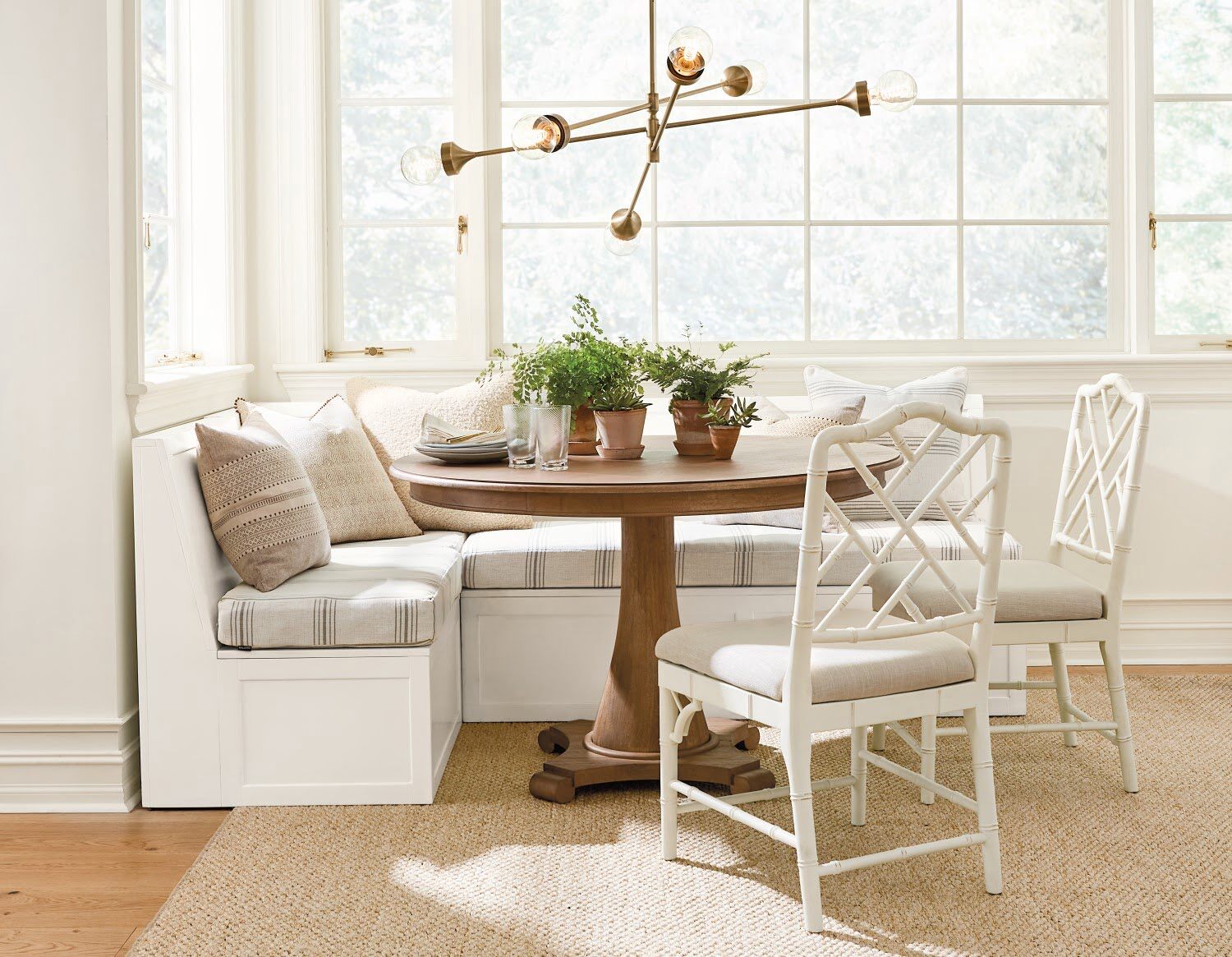
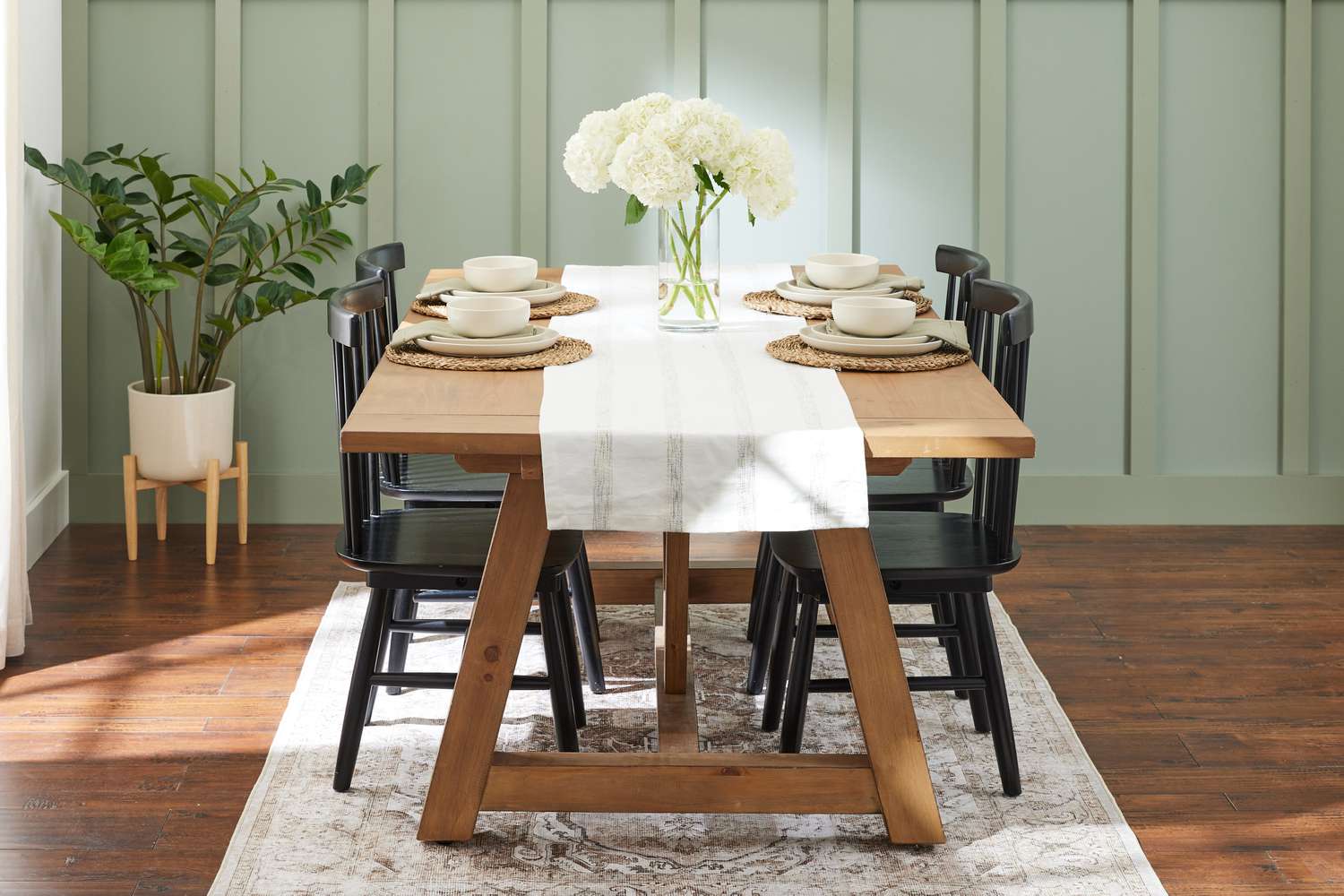
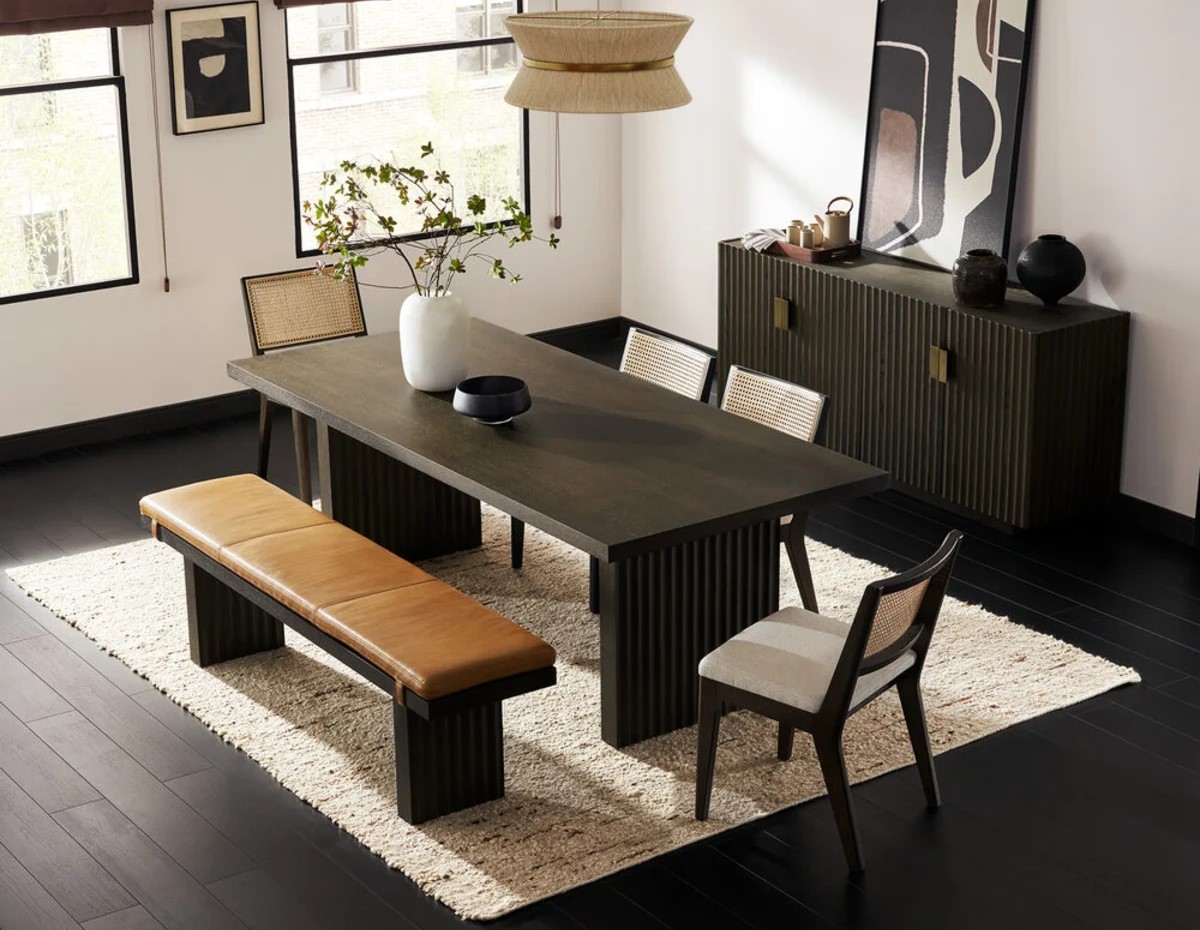
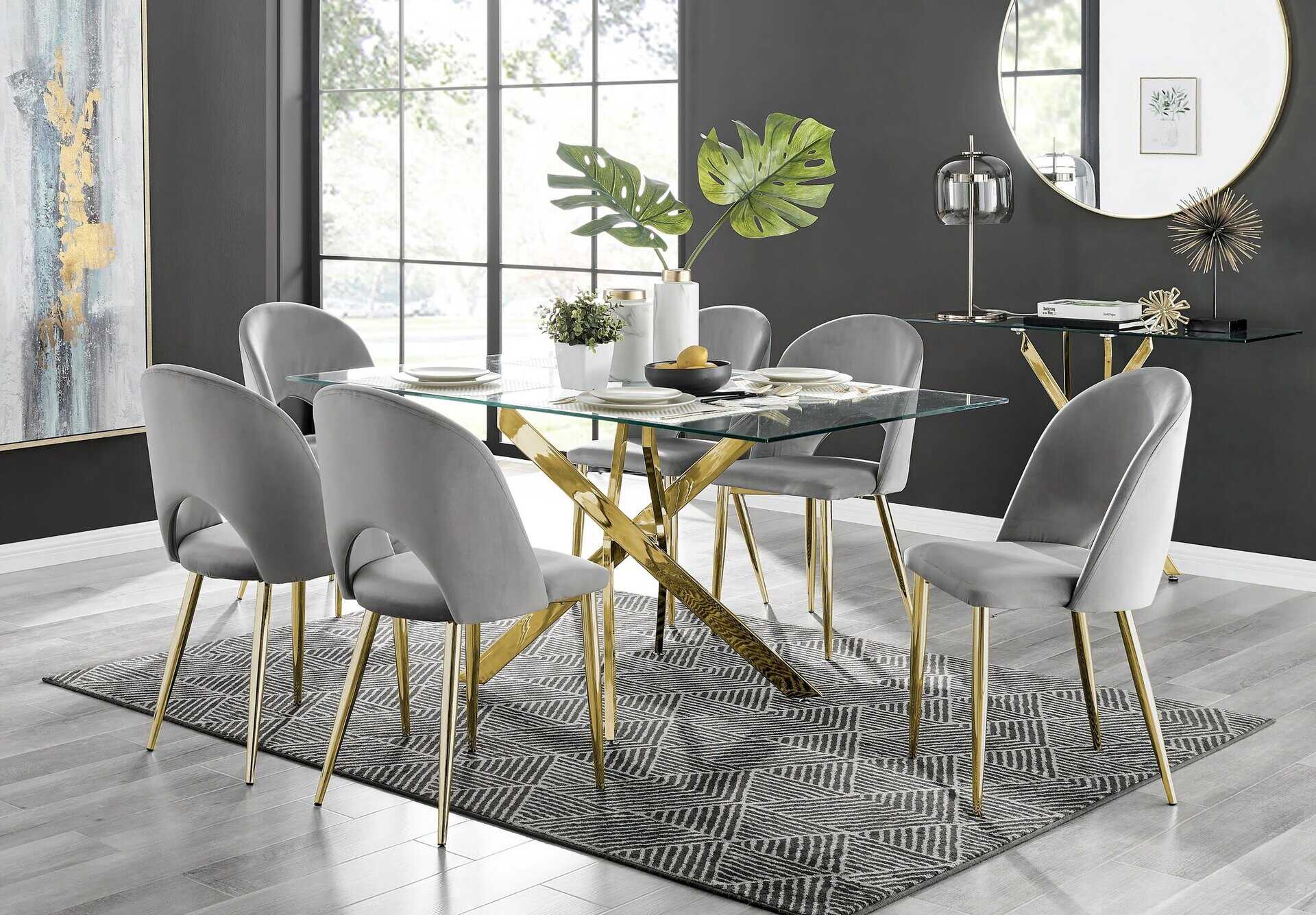
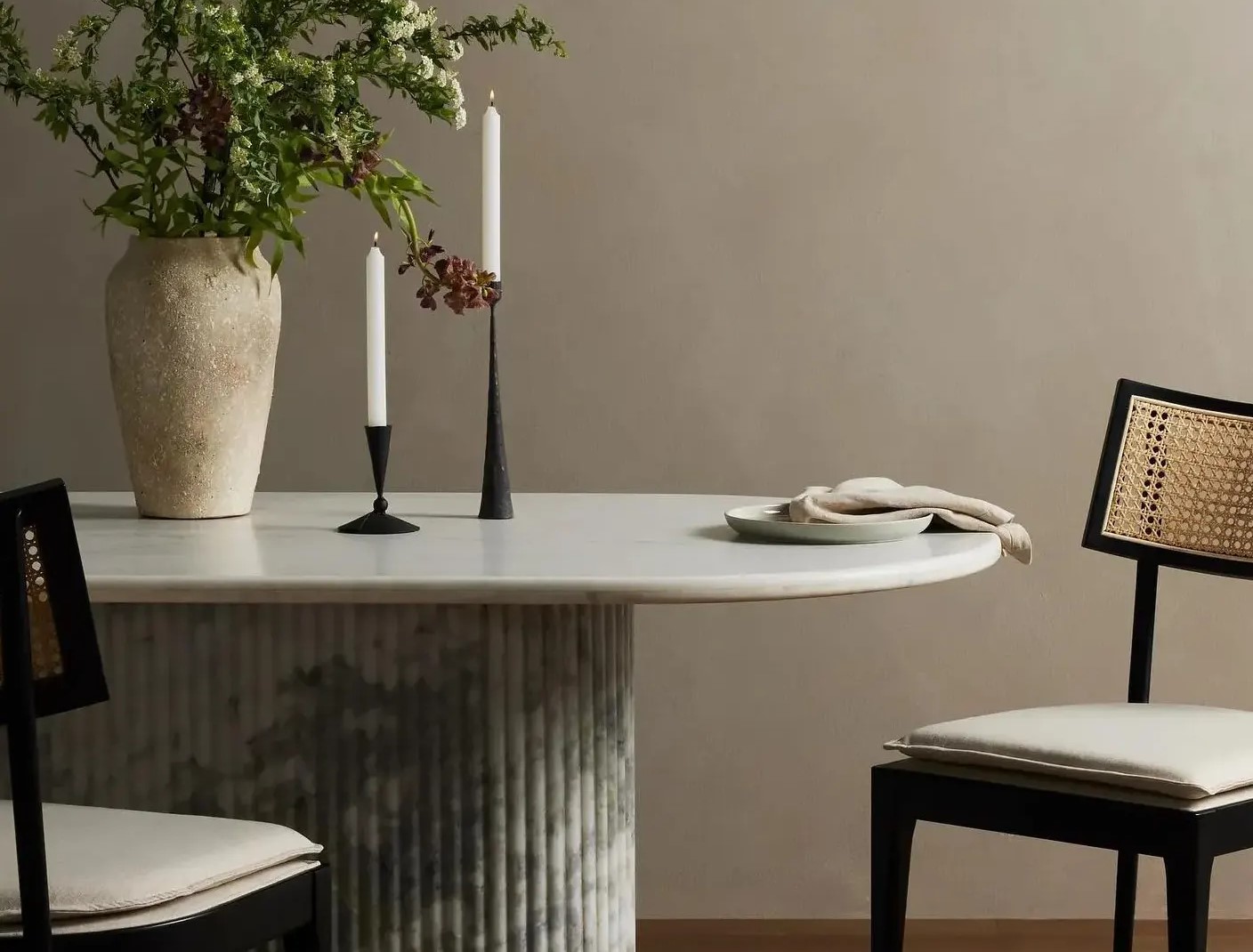
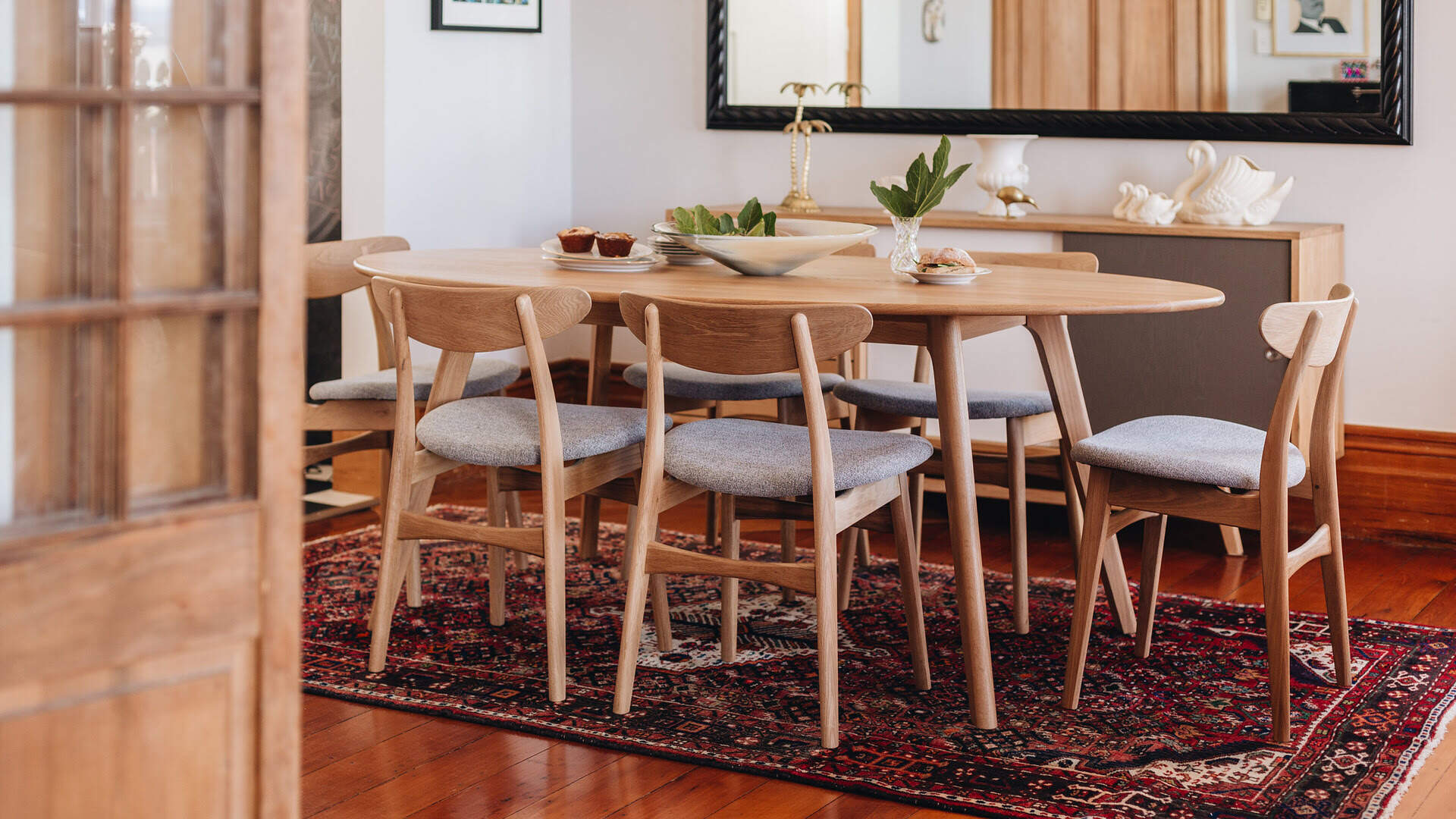
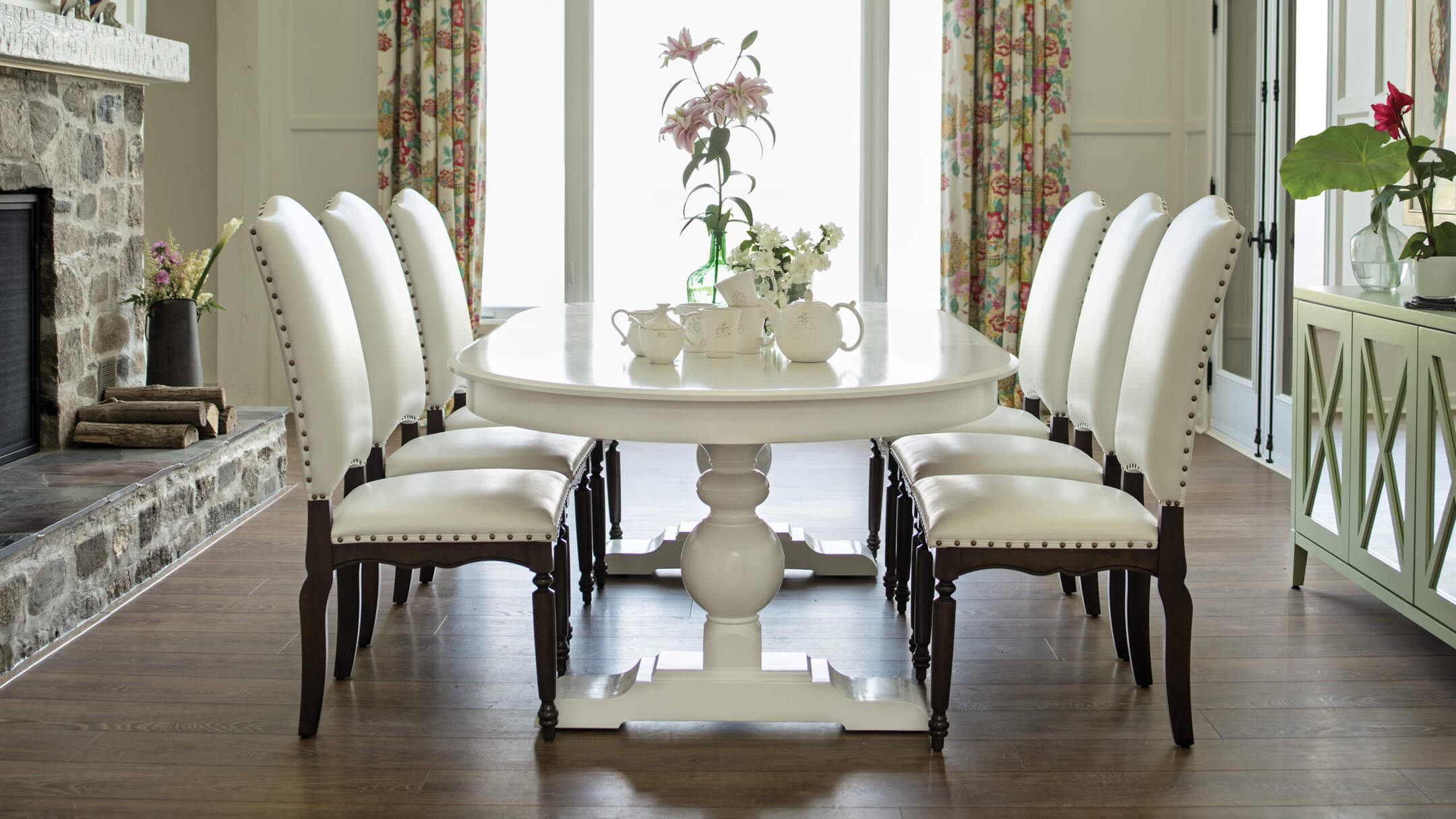

0 thoughts on “Tips For Styling A Dining Room Table”